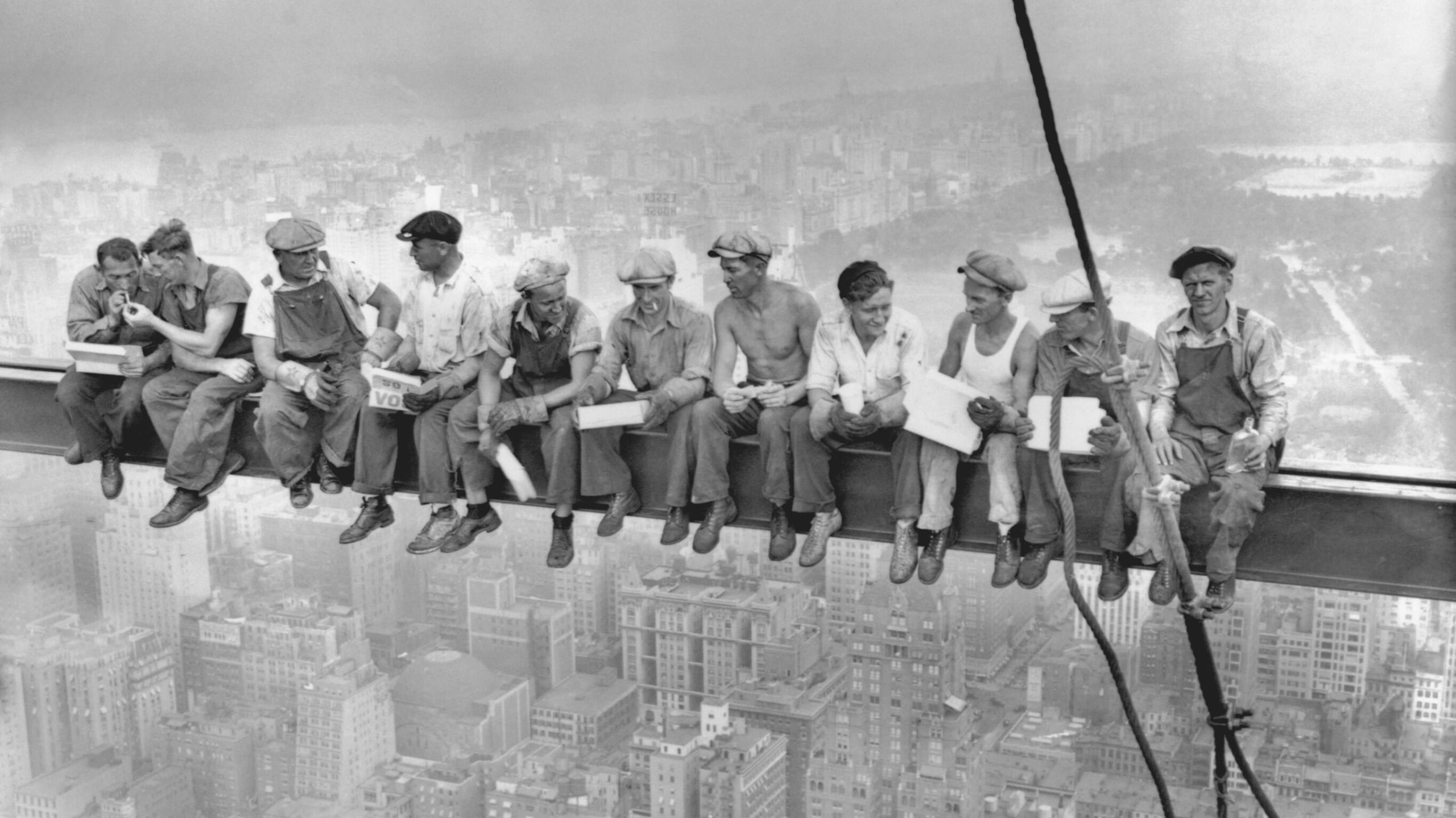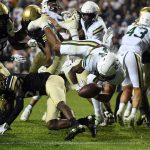Physical Address
304 North Cardinal St.
Dorchester Center, MA 02124
Physical Address
304 North Cardinal St.
Dorchester Center, MA 02124

The Great Depression birthed some of the most iconic photographs of the 20th century, capturing the heartache and struggles of a nation plagued by widespread unemployment. Images depicting bread lines, dilapidated housing, and distressed mothers became symbols of a country in turmoil. However, one photograph stood out—Lunch Atop a Skyscraper.
The image of 11 construction workers nonchalantly eating lunch atop a beam, suspended 850 feet above the ground, portrayed a glimmer of hope during the ’30s. It was a testament to New York City—and America’s resilience in continuing to build, progress, and, crucially, work despite the economic downturn.
Since its first appearance in the New York Herald-Tribune on October 2, 1932, Lunch Atop a Skyscraper remains an enduring symbol of this spirit. Here are some interesting facts about this iconic photograph.
The identity behind the camera remains a mystery. While the photograph is emblazoned in our collective memory and can be found on various merchandise, the photographer’s identity is unknown. Charles C. Ebbets was once credited, but other photographers like William Leftwich and Thomas Kelley were also present that day. Due to this uncertainty, both the Rockefeller archive and Corbis credit the photo to “unknown.” Ken Johnston, a former Historical Director of Photography at Corbis Images, noted that it was not uncommon for photographers to remain uncredited until the 1950s.
The photo itself was a staged piece for publicity. Though it offered a snapshot of a worker’s life high above the city streets, it wasn’t a genuine occurrence. Instead, it was organized to promote the construction of Rockefeller Center. Johnston added that it was “a publicity effort by the Rockefeller Center,” using real workers but under organized conditions for the photographers present.
Additional photos from that day reveal more death-defying poses. In addition to different poses of the 11 men, there’s a lesser-known photo of four men taking a nap on the beam. The identities of the photographer for these additional images and the nap photo remain unknown as well.
The original negative of Lunch Atop a Skyscraper is kept in Iron Mountain, a massive underground vault in Butler County, Pennsylvania. This secure facility, which spans 1.8 million square feet, also stores priceless artwork, photos, film negatives, music pieces, and government documents from across the globe. The vault is temperature-controlled, maintained using 50-degree water pumped from an underground lake.
Unfortunately, the original glass plate negative of the photo has been damaged. At some point, likely after Corbis acquired it, the negative was dropped, leaving it cracked and shattered. However, Johnston assured that several high-quality prints of the image were made before the negative was broken, ensuring its preservation.
Identifying the workers has been challenging. While historians have struggled to pinpoint the identities of the 11 men in the photograph, some progress has been made. Director Seán Ó Cualáin’s documentary Men at Lunch identified two men using archival photos: Joseph Eckner and Joe Curtis. However, the names of the other nine men remain unknown.
Adding to the mystery, more than 40,000 people worked on the Rockefeller Center, but no work records exist. This lack of documentation makes it challenging to confirm the identities of those in the photo. Despite these hurdles, some believe that one of the workers may be of Mohawk descent. It’s speculated that Peter Rice, an ironworker of Mohawk lineage, is among the men pictured.
Some historians question the photograph’s danger level. A theory suggests that a safe, finished floor lay just out of the camera’s view, possibly mitigating the apparent risk. Like many aspects of the photo, this claim remains unverified.
From 1995 to 2016, Corbis owned the rights to the glass negative. During this period, Lunch Atop a Skyscraper was Corbis’s best-selling historical image, averaging 100 sales a month for a decade. This is impressive given that Corbis’s portfolio included images of significant 20th-century figures like Albert Einstein and Martin Luther King Jr.
Source: Multiple sources



